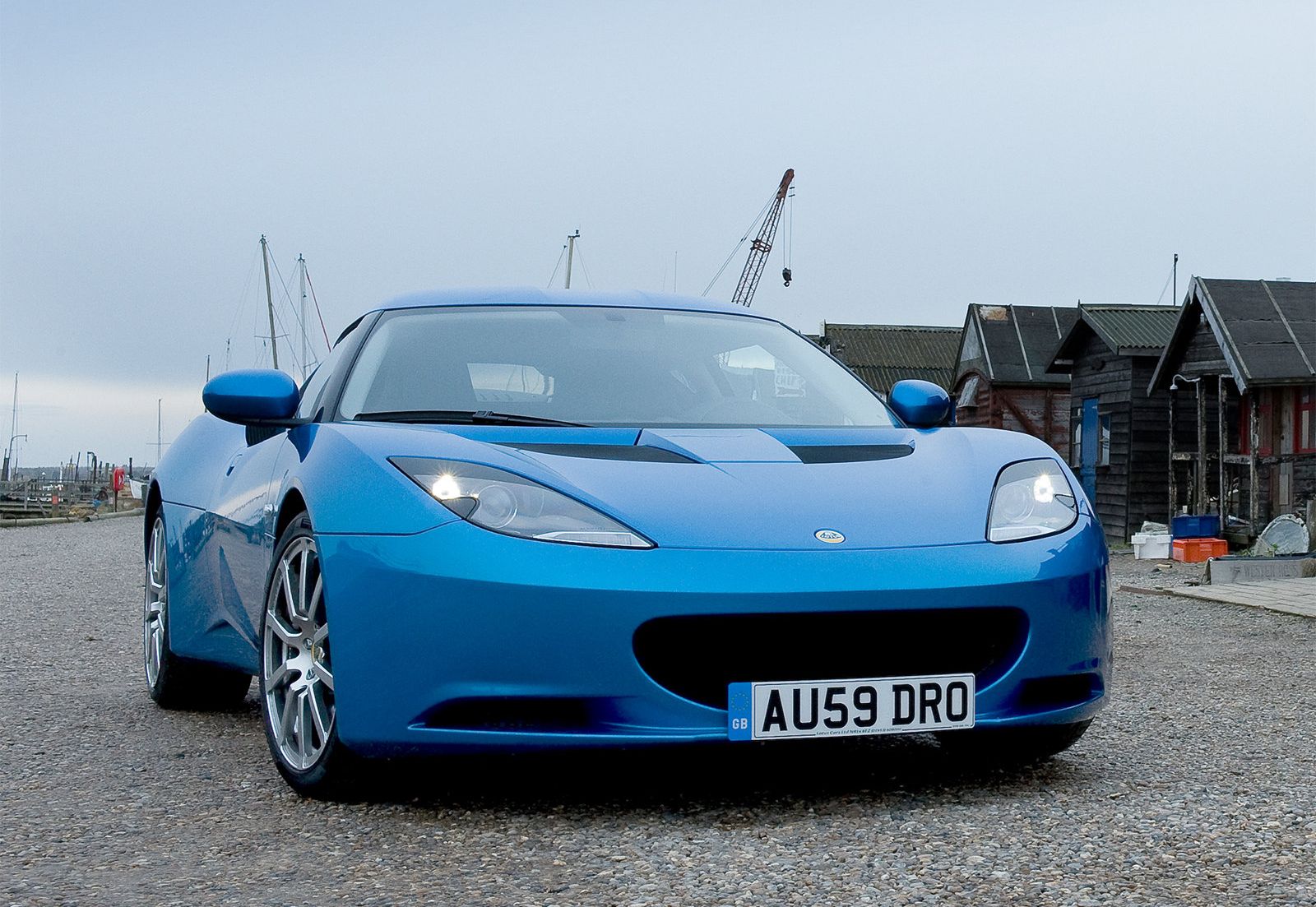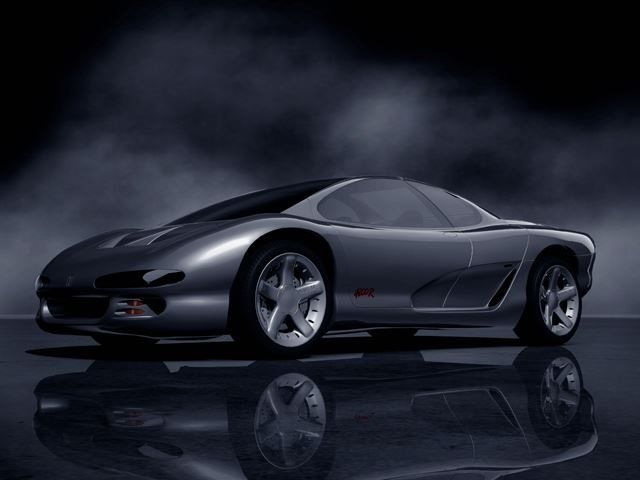
For our readers under the age of 22, the name Isuzu might not automatically spring to mind as a car manufacturer. After all, the firm has solely been a commercial vehicle maker for the last 12 years or so. However, Isuzu does have a long heritage as a car manufacturer, and surprisingly has quite a few sporty models to its name. There's the cult-classic-in-the-making Isuzu Impulse and the Bellett GT-R as well as the 117 Coupe that first appeared in the late 1960s. Heck, Isuzu has also toyed around with mid-engined sports cars on occasion!
This trend of creating mid-engined coupe concepts traces its roots back to the Bellett, which was used as a base for three show cars that looked eerily like the De Tomaso Pantera. (They were designed by the same man, after all). However, the sports car design study that really put Isuzu on the map was the 4200R. It was a curvaceous and distinctive sports coupe that was a huge departure from what people had come to expect from the automaker. Especially when you remember Isuzu was also making vehicles like this at roughly the same time the 4200R was revealed at the 1989 Tokyo Motor Show, footage of which can be enjoyed below.
Had the original Honda NSX not been unveiled at that year's Chicago Auto Show, the Isuzu might very well have been the most striking sports car to emerge from Japan in 1989. The dynamic design might have been the main reason why the 4200R garnered so much attention at the time, but other aspects of the car were noteworthy too. For example: despite having a 4.2-liter, 350-horsepower V8 mounted mid ship, the cabin was still a modestly spacious four-seater, not too dissimilar, then, to a contemporary Lotus Evora.
The Lotus link also extends beyond the spiritual connection, as the fabled British sports car firm was also behind the 4200R's clever active suspension system, which could be used in theory to set the car up for comfort or sportiness. It was incredibly advanced tech for its time, especially when you remember that truly active suspension systems had only just appeared on F1 cars by the late 1980s. Given the overwhelming positive reaction, you'd have thought that Isuzu would have immediately green lit the 4200R for production. Indeed, work did begin on a 3.5-liter V12 that seemed to be destined for eventual road car use. However, the future wasn't so grand for the 4200R.
By the mid-1990s Isuzu was firmly concentrated on building pickups and commercial vehicles, and the sports car project was shelved. It's unknown how long Isuzu kept the 4200R stored away for, but it is known that the star of the 1989 Tokyo Motor Show was indeed dismantled, with a series of press pictures and the memories of the people who created the car being all that was left of the promising sports coupe concept. It was the recollections of one Shiro Nakamura, the former head of Isuzu's European design studio, that eventually led to the 4200R being reintroduced to the motoring world, albeit in virtual form.
Different variations of the story are known, but the crux of the narrative is that, upon Nakamura's chance meeting with Kazunori Yamauchi (the creator of the Gran Turismo racing games), it was decided to recreate the Isuzu 4200R in a video game, right down to the last detail.
After a year or so worth of hard work, with Nakamura periodically overseeing the recreation of his fabled sports coupe, the finished in-game car model was revealed at the 2010 Tokyo Motor Show. This was 21 years after the original Isuzu 4200R stunned onlookers at the very same event. Since then, the Isuzu 4200R has gone on to feature in the two most recent Gran Turismo games, complete with an in-depth description detailing the car's fascinating back story. The physical Isuzu 4200R may have been lost for over two decades, but its appearance in the Gran Turismo games ensures a new generation of car enthusiasts will get a taste of just how enthralling this distinctive Isuzu sports car concept was back in 1989.

